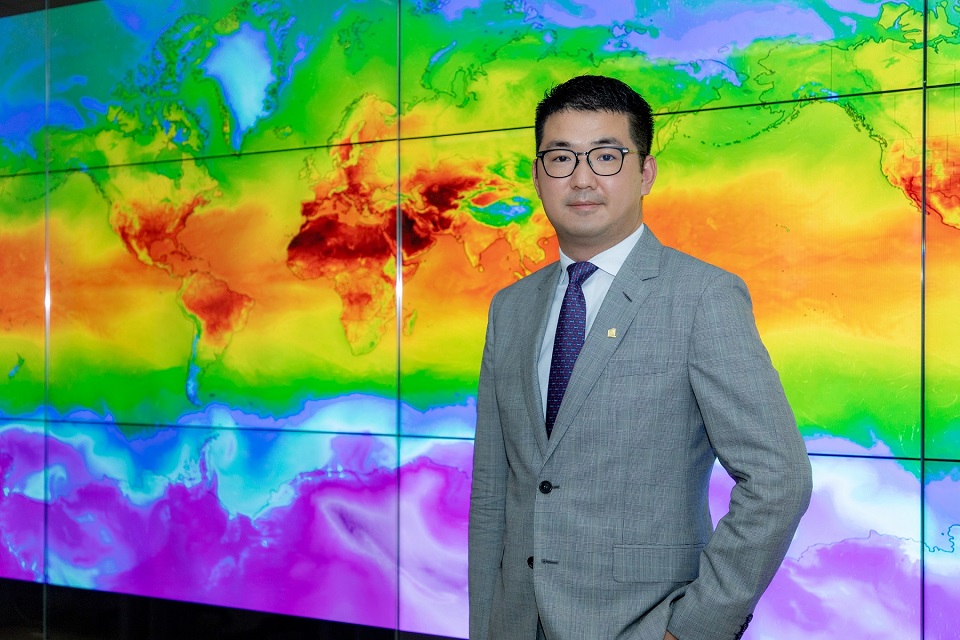Discover HKBU
HKBU-led research predicts widespread heat stress in China due to increasing humidity
28 Jun 2024


A research team led by HKBU has discovered a trend of increasing humidity in northern China, a pattern not found in the southern regions. This phenomenon is expected to become a prominent factor in the occurrence of extreme hot and humid weather, and lead to widespread heat stress across the densely populated eastern part of China by the end of this century. The research findings have been published in the international academic journal Nature Communications.
Humidity determines heat stress difference
Apart from heat, humidity also plays a crucial role in heat stress, as it affects the body’s ability to regulate temperature through sweating. In China, while heat stress is recorded in different parts of the country in summer, the relatively humid weather in the south has led to more frequent occurrence of heat stress, with severe health and economic impacts. However, regional trends in humidity and their correlation with extreme heat events are not well established.
To assess the impact of humidity on heat stress in China, Professor Gao Meng, Professor of the Department of Geography at HKBU, and his research team analysed wet-bulb temperatures recorded in northern and southern China from 1979 to 2018. Wet-bulb temperature, measured by a thermometer covered in water-soaked cloth, combines temperature with humidity to provide a more accurate reflection of heat stress on the human body.
Narrowing heat stress difference between north and south
The study revealed that the average wet-bulb temperature in northern China increased by 0.23ºC per decade over the 40-year study period, which is significantly higher than the 0.07ºC per decade increase in southern China. While southern China has experienced more frequent extreme hot and humid weather in the past, the results indicated that the difference in average wet-bulb temperatures, and thus the extent of heat stress, between northern and southern China is narrowing.
To understand this regional variation, the research team examined humidity trends over the same period. They found that average humidity levels in northern China, measured by water vapour pressure, increased by 0.16 hPa per decade, while southern China experienced a very slight drop. The results concluded a clear distinction in humidity trends between the two regions.
This phenomenon is attributed to a faster warming in East Asia’s high-latitude regions as a result of global climate change, which regulates large-scale atmospheric features. As a result, moisture transport to southern China from the South China Sea is suppressed, while moisture transport from the Pacific Ocean to northern China is accelerated. Apart from atmospheric processes, urbanisation in southern China since 1979 has reduced water evaporation from rural landscapes, contributing to the decrease in humidity.


Widespread heat stress projected
Using climate model simulations for attribution analysis, the research team estimated that by the end of this century, wet-bulb temperatures in certain parts of northern China could rise by approximately 2-3ºC more than that in southern China. This suggests an onward narrowing of heat stress levels between northern and southern China, and by the end of this century, the entire eastern part of China, home to 94% of the country’s population, is likely to experience widespread and uniformly elevated heat stress.
Professor Gao stated, “The results of this study serve as a wake-up call for policymakers, researchers and stakeholders to prioritise the development and implementation of climate adaptation measures. By taking proactive steps now, China can better prepare for the future and protect their populations from the adverse effects of heat stress.”